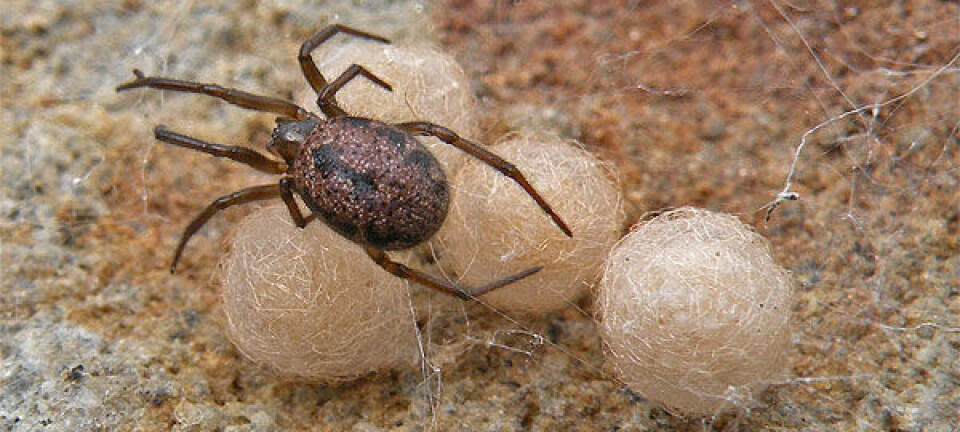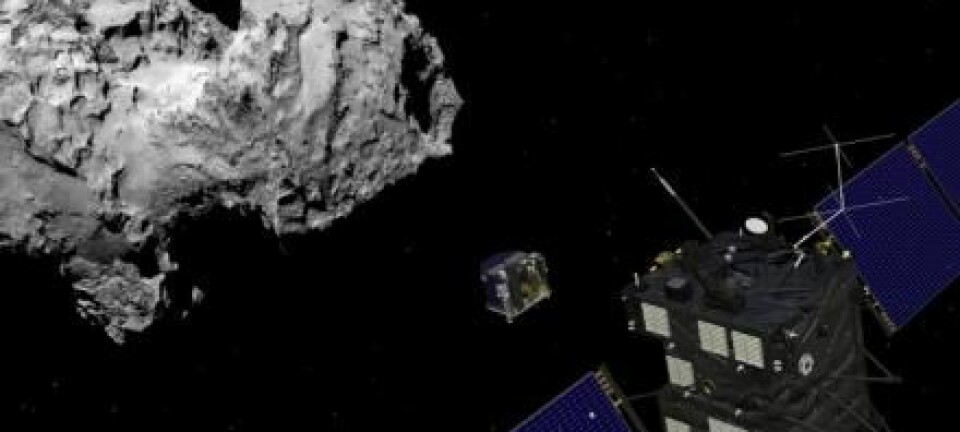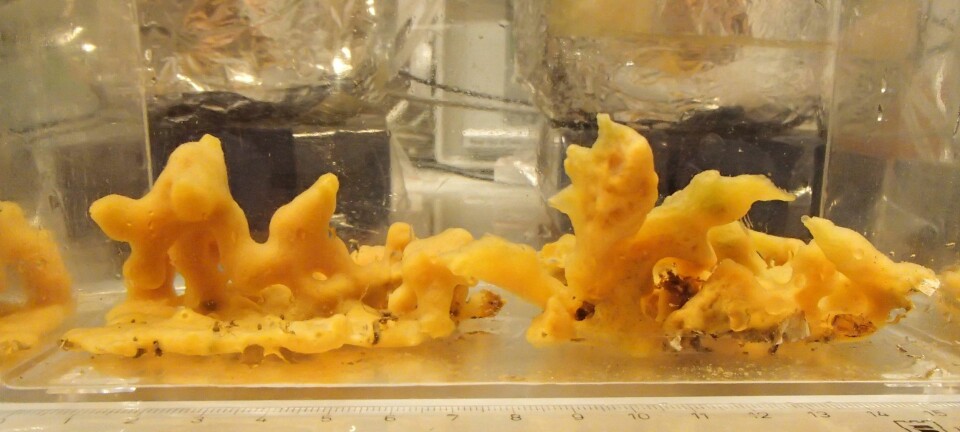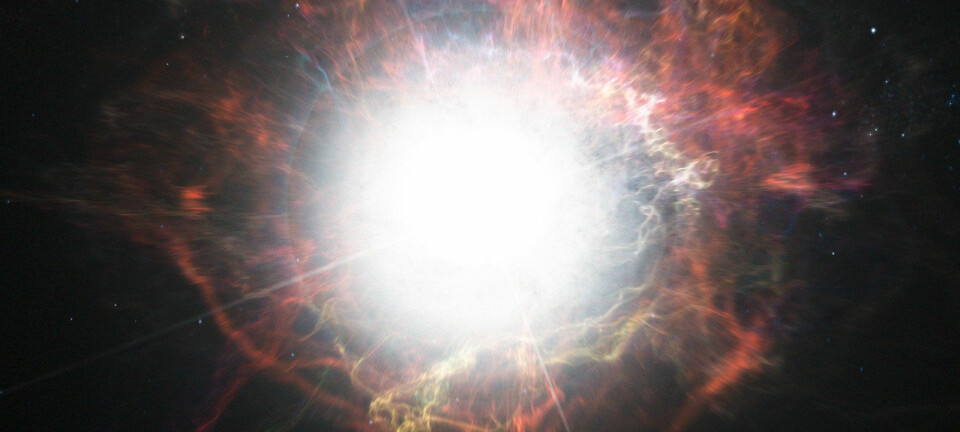
Lack of oxygen did not hold back evolution of complex life
There was much more oxygen on Earth 1.4 billion years ago than scientists have previously thought. Rules out conventional theories as to what kick-started complex life on Earth.
Between 685 and 800 million years ago, the first animals began to emerge on Earth. They started at the seabed, as simple creatures with no eyes, arms, or legs—but were nonetheless many times more advanced than the single-celled organisms that had dominated the planet up until then.
Oxygen was previously thought to be the decisive step for this development. Scientists believed that the low concentration of oxygen on Earth meant that complex life simply could not exist until levels increased.
But new research turns this on its head, and shows that oxygen was already sufficiently abundant 1.4 billion years ago.
The results are crucial for our understanding of why multicellular organisms developed, says co-author Associate Professor Christian Bjerrum, from the University of Copenhagen, Denmark.
"What prevented animal life from developing? We can’t answer that right now," says Bjerrum.
The new research is published in the scientific journal PNAS.
Earth had plenty of oxygen for animals
The new findings are a result of chemical analyses of sediments in China, which allowed the scientists to count 1.4 billion years back in time to calculate what the oxygen concentration of Earth’s atmosphere was, long before animals roamed the Earth.
Previous research has suggested that at this time there was approximately one per cent of our current level of oxygen available to support early multicellular organisms on Earth.
But the new research puts this number at 3.8 per cent of our current level of oxygen, which is much more than multicellular organisms need.
"The oxygen concentration was most likely many times greater than [what would be needed] to hold back this development,” says Bjerrum, adding how surprised he and his colleagues are by the result.
"So now we need to develop new hypotheses and find out why multicellular organisms first evolved around half a billion years later," he says.
Challenging the textbooks on evolution of life
His colleague Assistant Professor Tais Dahl, from the Natural History Museum, University of Copenhagen, was not involved in the new research, but he find the results interesting.
"It comes as a surprise to me that they [calculate] such a high level [of oxygen]. They arrive at a very precise figure, and that's about what the earliest animals would have needed. It’s obviously very exciting," says Dahl.
According to Bjerrum, textbooks now need to be updated with the new results.
"I learnt as a child that there was a low concentration of oxygen at this time, and this has been the working hypothesis until now,” he says.
There were two models to describe what lead to the development of complex life at the end of the Precambrian, he says.
“[The first] was that oxygen was the obstacle, because multicellular animals have a stronger metabolism, which requires oxygen for respiration. The second was that size was simply a result of how the ecosystems evolved, because it’s harder to eat when you get bigger," he says.
"We can now show that oxygen definitely wasn’t the obstacle," says Bjerrum.
-----------------
Read the Danish version of this story on Videnskab.dk
Translated by: Catherine Jex










